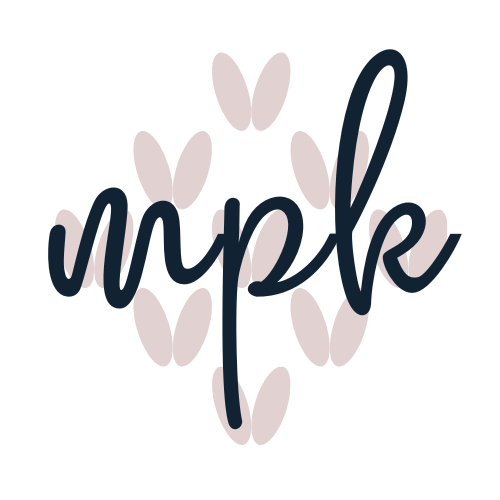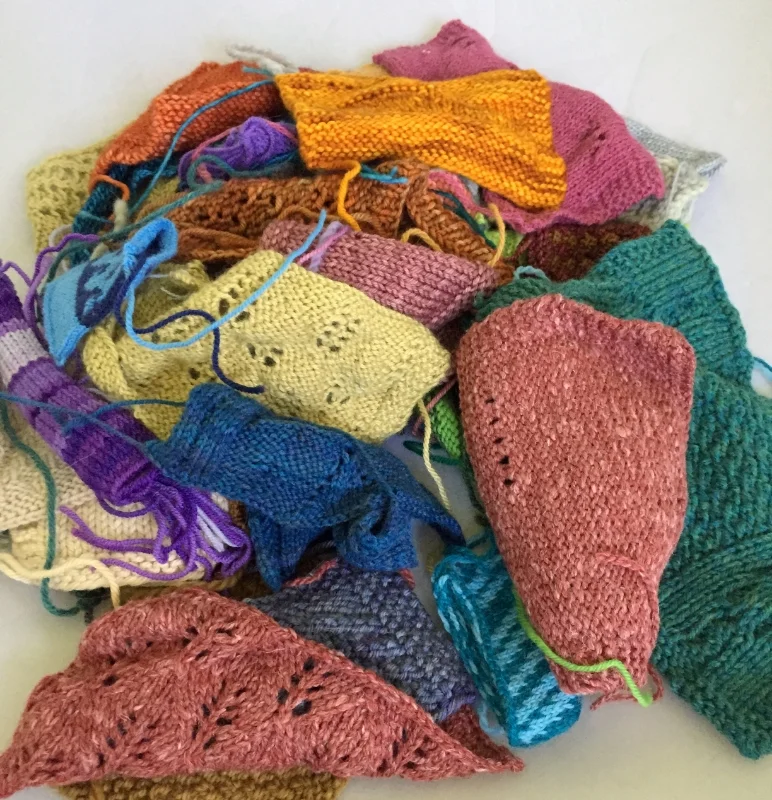Swatching and Gauge, Part I: Why swatching is essential for knitting.
Here's the cold, hard truth: if you want your handknits to consistently fit, swatching is not optional. Sure, you may get lucky occasionally and just happen to get the recommended gauge for a project, or you may find that blocking enables you to stretch and bunch your garment to the desired size and shape (perhaps sacrificing an attractive fabric), but swatching will help to ensure that your garment is the size and shape you want, in your ideal fabric, when you're done, every time.
But Kristen, you say, swatches lie!
Yes, it's true, sometimes they do. It's obnoxious and infuriating. And I'll address that in Part III of this series. But suffice to say, the occasional lying liar swatch is no reason to throw in the swatching towel all together!
It's also true that swatching may not be essential for certain types of projects, depending on your mindset. If the final dimensions of your shawl or scarf aren't important to you, then you might forgo the swatch (although you miss the opportunity to make sure the fabric looks and drapes the way you envision). And I myself will admit to being a notorious swatch-skipper when it comes to baby clothes--knit a larger size and it will fit someone's baby someday.
You may also come to know your approximate gauge for a given needle size for yarns you use frequently--I no longer feel the need to swatch when I work with Knit Picks Wool of the Andes, for example.
99% of the time, though, you really do need to swatch. Yes, it's a little tedious, and sure, you wind up with random squares of yarn that serve no obvious purpose, but isn't it worth the 30 minutes of knitting to make sure you get the garment you want? Wouldn't you rather "waste" 30 minutes on swatching than waste hours and HOURS knitting a sweater that doesn't fit?
(If you still say "no," then this article isn't for you! Move along, nothing to see here!)
So, let's start with the basics: what is a swatch, and what information can you get from it?
What is a swatch?
Basically, a swatch is a square (or tube, possibly) of knit fabric used to determine your gauge when knitting a given yarn with a specific needle size, in a specific stitch pattern. Before beginning a new project, a knitter should prepare a swatch in order to determine his/her gauge and compare it with the gauge specified in the pattern being used. If the pattern is knit flat, your swatch should be knit flat; and in turn, if the pattern is knit in the round, your swatch should be too. For smaller items such as hats and socks, you may opt to simply begin knitting the pattern, rather than knitting a separate swatch, knowing that you may need to start over if you do not get the specified gauge (so you're not knitting a swatch, but you still need to CHECK GAUGE!).
What is gauge?
Gauge refers to the number of stitches and rows per inch a given knitter achieves when using X yarn and size Y needles. Every knitter's gauge is different, and varies depending on the yarn and needles (both size and material!) used.
The pattern you are using will (or should) specify the gauge the pattern designer achieved. Why is this important? Because every single measurement for every single size offered in the pattern will be based on those numbers. And if your numbers are different, your finished sweater/socks/hat/whatever WILL NOT BE THE SIZE GIVEN IN THE PATTERN.
Why is that? Let's take a look at the math.
Gauge math
All of the measurements in a pattern are based on the stitches and rows per inch that the designer of that pattern got when knitting the sample with X yarn on size Y needles. The designer him/herself likely began by knitting a swatch for gauge in order to start grading the pattern--that is, calculating all of the numbers for the different sizes.
Let's use a sweater as an example, since swatches are essential for successful sweater knitting. The primary number used to differentiate sweater sizes is the finished bust circumference. If the pattern designer is giving instructions to knit a sweater that measures 36" around at the bust, and his/her gauge is 5 stitches per inch, the pattern will indicate that the number of stitches at the bust is 180 (36 X 5).
Now let's say the person knitting this pattern is working at a gauge of 5.5 stitches per inch. That doesn't sound like much of a difference at first. But 180 stitches around the bust at that gauge is 32.75" (180/5.5), not 36". That is a pretty big difference. That's the difference between a sweater that fits and a sweater that doesn't.
Let's try it with socks, an item many people don't swatch for. Eight stitches per inch is a pretty common gauge for socks; for a sock that's 8" around the foot, you need 64 stitches. So what if your gauge is 9 stitches per inch? Your 64 stitch sock will only be 7" around. Ouch. Good luck squeezing your foot into that.
So, like it or not, math doesn't lie. If the number of stitches is off, even by a fraction of a stitch, your clothes won't fit.
Stitch gauge vs. row gauge
One final thought: you'll notice that most patterns specify both stitch gauge (stitches per inch) and row gauge (rows per inch). In an ideal world, the knitter will get both stitch and row gauge. In the real world, however, it doesn't always work out that way. If you can't seem to get both stitch and row gauge, my advice is to focus on stitch gauge.
Row gauge is easier to fudge. Most patterns, for example, will advise you to knit the body of your sweater or the armholes until reaching X"--the exact number of rows isn't as important as the actual length of the piece. That's not to say row gauge is irrelevant; if your row gauge differs dramatically from the gauge specified, the spacing of your waist shaping or the rate of decreases around the armholes will be off. But minor differences (an extra row or two over 4") can usually be overcome with frequent measuring and blocking.
I hope you've enjoyed Part I of my series on swatching and gauge. Stay tuned for Part II: How to swatch, plus swatching tips and tricks; and Part III: Why swatches lie and what to do about it.
If you enjoyed this post, you may also like . . .







